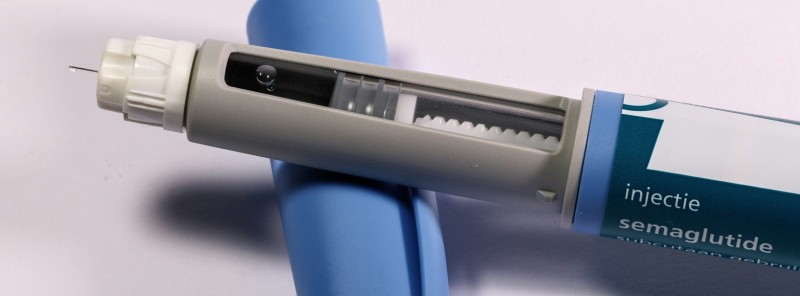Jul 25, 2025

If you have noticed a number of celebrities losing weight quickly, particularly in the American market, there is a strong possibility that a new family of drug – known as GLP-1 agonists – are responsible. Brands such as Ozempic and Wegovy, the latter recently made available with prescription in the New Zealand market, have the potential to significantly disrupt the food and beverage market the world over.
But what do they do? Are they simply a fad? And more importantly, how might these drugs affect demand for New Zealand venison?
GLP-1, or glucagon-like peptide-1, is a naturally occurring hormone produced in the intestines in response to food intake. This hormone stimulates insulin production, keeps blood sugar levels in check, slows the rate at which food leaves the stomach, and promotes satiety, or the feeling of being full. GLP-1 agonists mimic the effects of natural GLP-1 production and are used to treat Type 2 diabetes and obesity.
At present, primarily due to the high cost of GLP-1 drugs, the impact on the global food and beverage industries is minimal, but that is unlikely to remain the case indefinitely. Mainstream consumer interest in the drugs is soaring, particularly in the US, and is being further promoted by viral testimonials on social media.
Initial consumer insights on GLP-1 drugs from global market intelligence company Mintel shows that two camps are quickly forming: those open to utilising the drugs to manage weight and those who have no interest in the drugs but who want the benefits that come with the drugs.
In short – there is a health revolution accelerating, where consumers are slowly awakening to the role nutrition plays in overall health. (This may sound obvious, but these drugs appear to be acting as a kind of catalyst for greater awareness.)
Insights from JP Morgan forecast that the GLP-1 industry will be worth $300 billion by 2030, with an estimated 30 million users, or 9 percent of the US population, using the drugs by the same time. They predict that this will impact ultra-processed food companies most, while providing opportunities for foods that exist in the fresh and unprocessed space.
Enter New Zealand venison. With its favourable protein and trace mineral content, along with a perception as being more “natural” and sustainable, the stars are aligning for venison to capitalise on the growing trends. But how?
Packaging could be one such opportunity. That could be through smaller portion sizes, with portion control an area that is quickly gaining momentum, particularly in the snack and convenience food segment (though any offering would also need to address the trend away from processing). Promoting the health and functional aspects of venison with greater prominence on packaging would also go a long way toward elevating venison’s place in the protein market.
In a separate report, Mintel suggests claims around satiety and low cholesterol – aka lean – foods could promote the benefits of GLP-1 drugs without the need to take such a divisive medicine. High-satiety foods are those high in protein or in fibre, while low cholesterol foods are those low in saturated fats. What’s a meat that is high in protein and low in saturated fat? You guessed it.
There is, however, a good deal of suspicion around “Big Pharma” and what are being called GLP-1 companion brands – those products, often supplements, that are consumed alongside the taking of GLP-1 drugs to provide extra protein and fibre. This is where access to verifiable, transparent research and findings will provide credibility to any functional claims; research such as that done by AgResearch and featured at the Meat Innovation Workshop earlier in the year.
While it remains to be seen if GLP-1 drugs will have staying power and find success globally, the wider trend of connecting food and nutrition with health and wellness is accelerating at a pace unseen throughout human history. That may sound dramatic, but such is the (information) age we live in. With its high protein, low fat, high iron, high zinc credentials, New Zealand venison is perfectly positioned to springboard into this new era.

